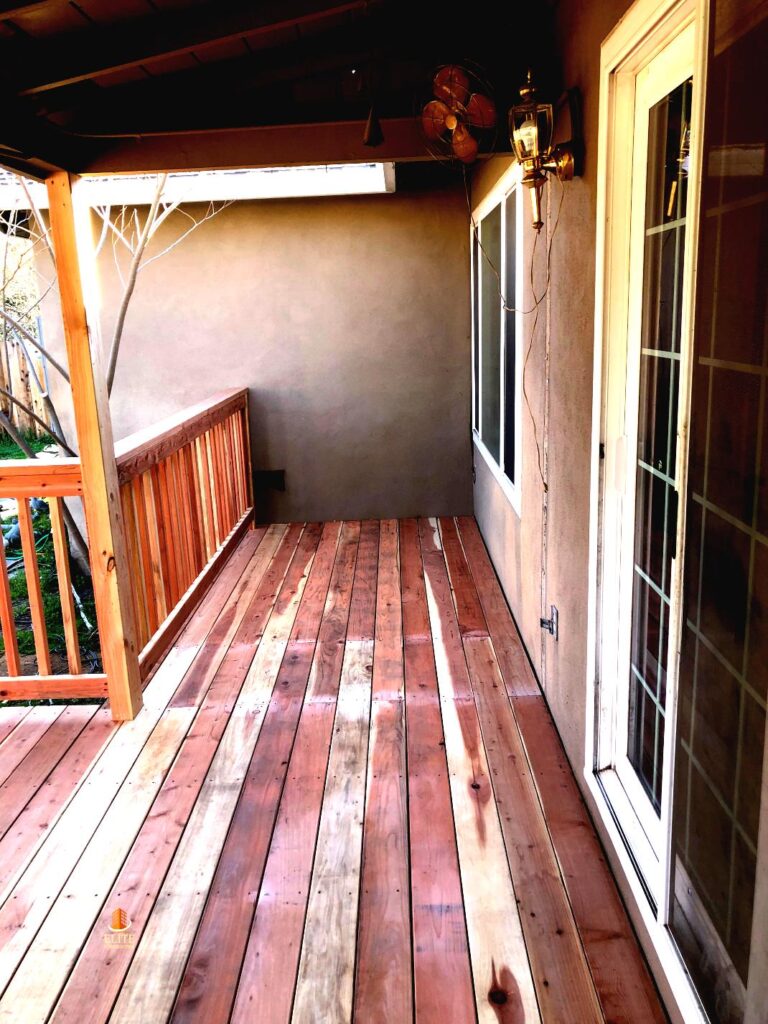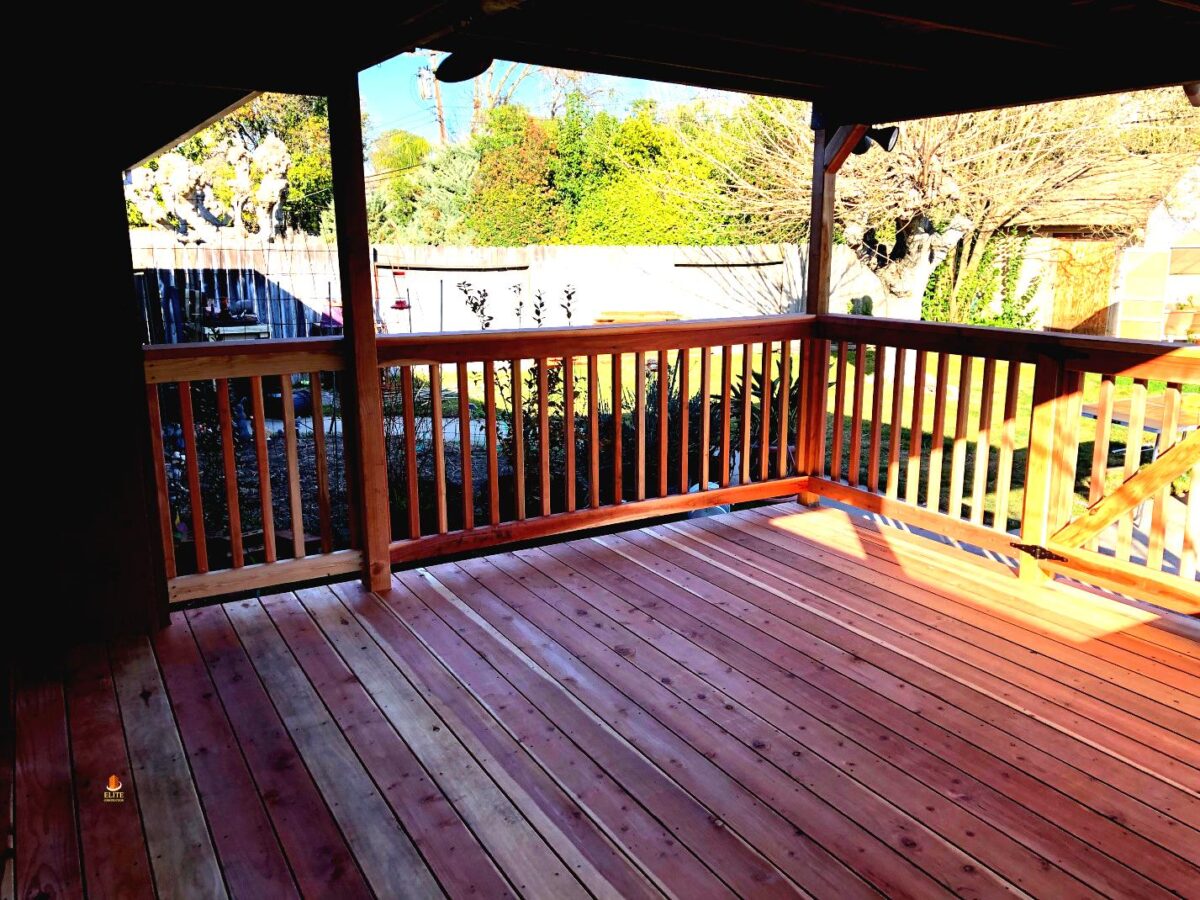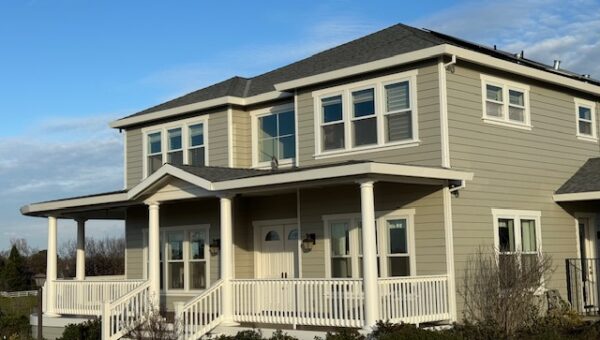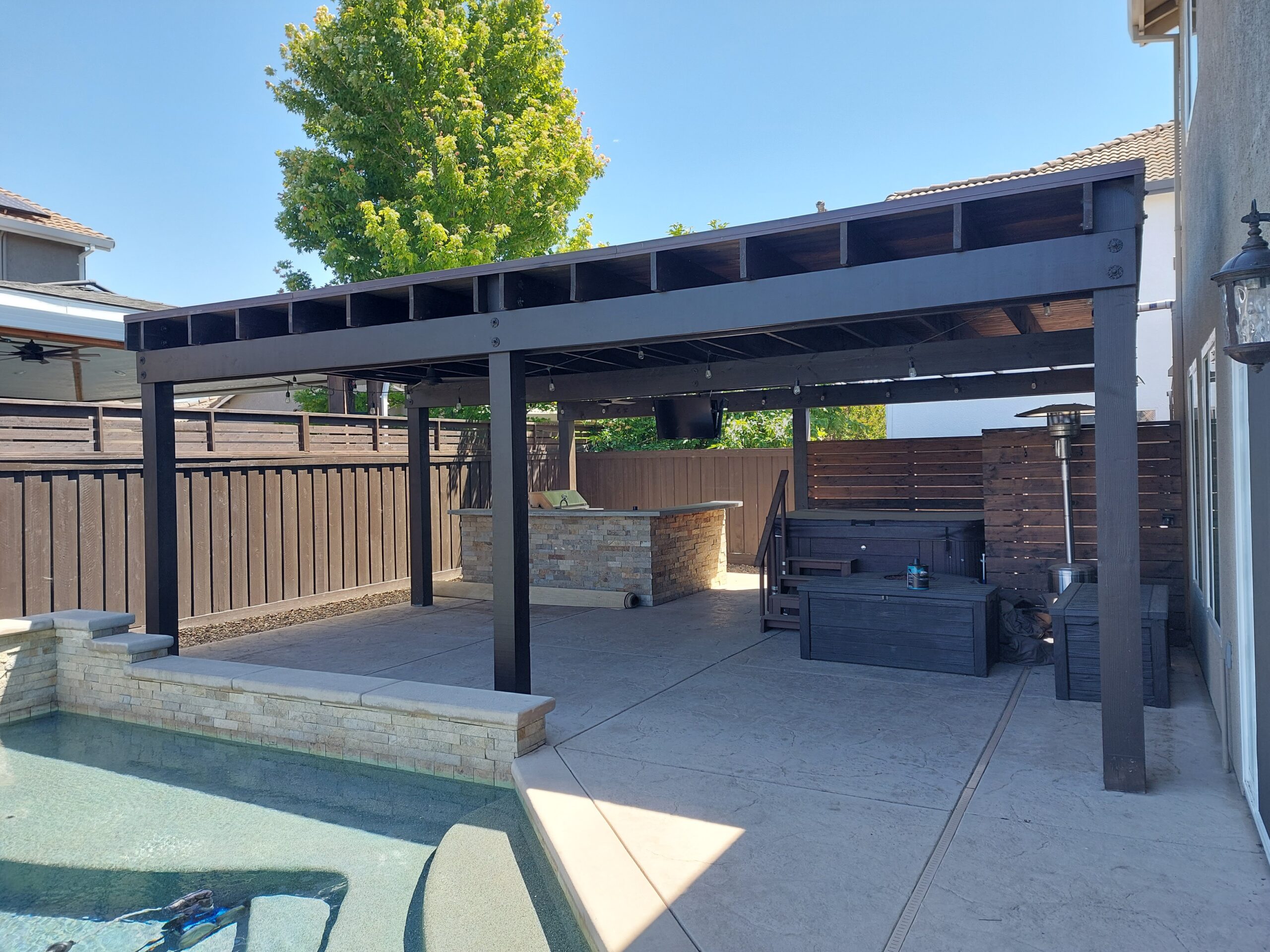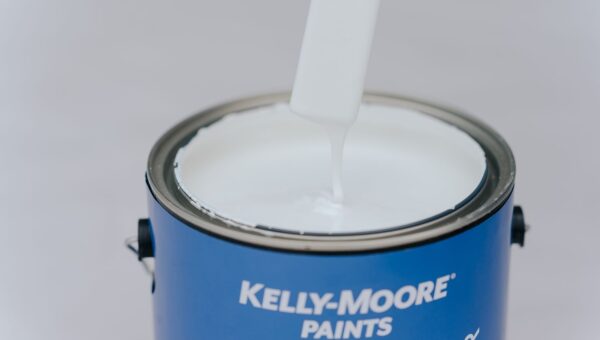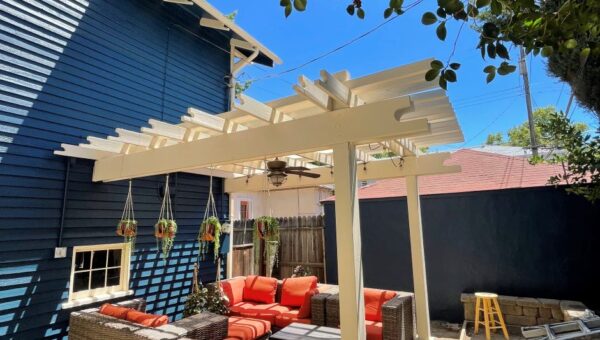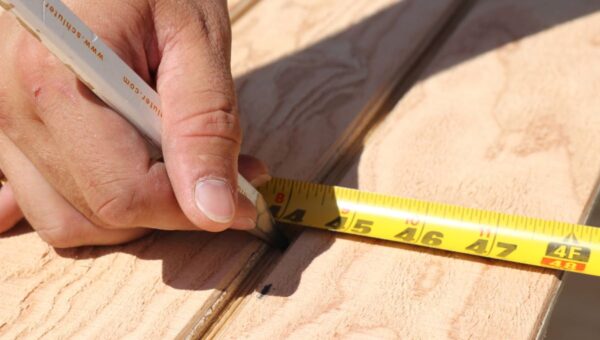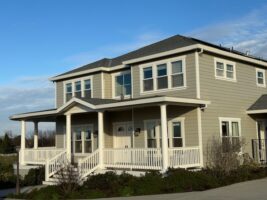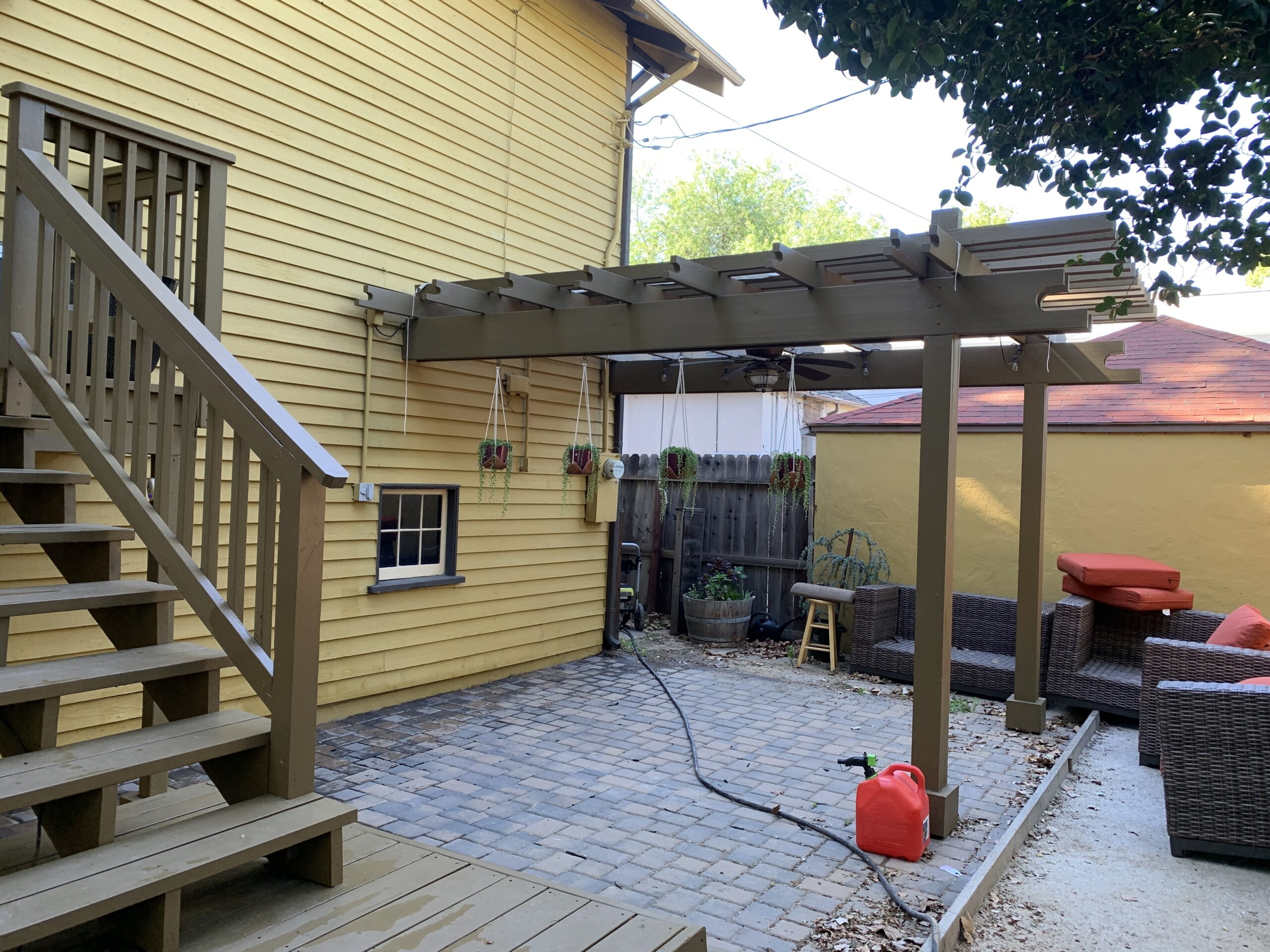As with all good construction, the quality of a wood deck begins with the integrity of its’ concrete foundation. Although there are only a few basic types of foundations it is always a good idea to check with an engineer just to make sure the type you intend to use is adequate.
The floor framing can consist of girders supported by piers or floor joists supported by girders and piers. Girders double as floor joists when there isn’t enough room between the earth and the decking for two layers of framing. The larger girders require fewer piers than floor joists but because of their larger size are not as cost-effective as the smaller floor joist. Cost-effective or not girder framing may be your only choice. Fortunately, girders can be used at less frequent increments than floor joists. That is, where floor joists are used at 16- or 24-inch centers the more expensive girders can be stretched out to as much as 4-feet apart. We like the girder joist combination — if you have the room (and the budget). Keep in mind that the deck frame will be exposed to the elements and should be assembled with fasteners that are coated to prevent rust and corrosion. Pressure-treated fir or pine are both good choices for floor framing.
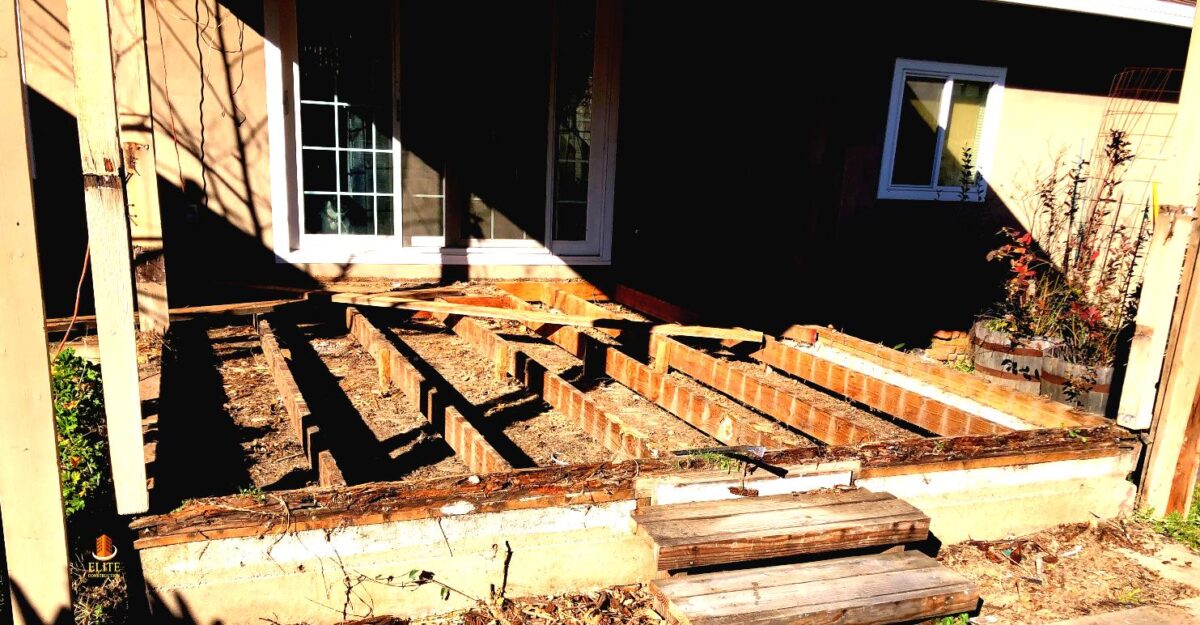
We feel good about using pressure-treated material for the framing parts. But, we prefer to use either Cedar or Redwood for naturally finished surfaces such as the decking and rails. However, pressure-treated Southern Yellow Pine is OK if a painted finish is desired. Cedar and Redwood contain natural resins that resist insect attack and moisture damage and provide a luxurious natural wood look. If you like the Knotty Pine look you may want to consider Alaskan Yellow Cedar. Yellow Cedar looks like Knotty Pine but is weather-resistant where Pine is not. For deck joists that are spaced 16-inches apart, 1×4 or 1×6 decking can be used. If the joist is 2-feet apart then 2×4 framing is needed. 2×6 decking will span up to 4-feet. By the way, if Redwood is the chosen material consider using Construction Heart Redwood. Its desirability stems from the fact that is moderately priced and reasonably knot-free.
Here is an important tip that will help to reduce wood rot. Remember: wood rots when it remains wet for long periods of time and wood-to-wood connections have a tendency to retain water – wet wood equals rotten wood. Eliminate wood-to-wood connections by insulating them with strips of 15- or 30-pound roofing felt. Staple a strip of felt to the top edge of each floor joist so that the felt insulates the joist from the deck covering. By preventing the two wood surfaces from coming into direct contact water retention – and accompanying wood rot – is minimized. The insulating material is not required when hidden deck fasteners are used. Hidden fasteners not only provide a clean look they also provide a space between the joist and the decking ensuring a connection that will dry almost as quickly as fully exposed surfaces.


